In an age before radio or television, John André was an interesting man to be around. A gifted story teller with a great sense of humor he could draw, paint and cut silhouettes. He was an excellent writer, he could sing, and he could write verse. John André was a British Major at the time of the American Revolution, who took part in his army’s occupations of Philadelphia and New York.

He was also, a spy.
Major André was a favorite of Colonial-era Loyalist society. For a time he dated Peggy Shippen, the daughter of a prominent Philadelphia loyalist. She married an important Patriot General in 1779, a relationship which would later provide the connection between the British spy and a man who should have gone into history as one of the top tier, of American founding fathers.
Until that is, this man turned his coat. Today the stone monument erected to the man’s greatness near a place called Saratoga, declines to mention his name.

Peggy Shippen’s husband was Benedict Arnold.
Arnold was Commandant of West Point at the time, the future location of one of our great military academies. At the time, West Point was a strategic fortification on high ground, overlooking the Hudson River. The British capture of West Point would have split the colonies in half.

John André struck a bargain with Benedict Arnold which would turn a Hero of the Revolution into a name synonymous with “Traitor”. General Arnold would receive £20,000, over a million dollars today, in exchange for which he would give up West Point.
André sailed up the Hudson River in the Sloop of War HMS Vulture on September 20, 1780. Dressed in civilian clothes, Major André was returning to his own lines on the 23rd, six papers written in Arnold’s hand hidden in his sock.
Major André was stopped by three Patriot Militiamen; John Paulding, David Williams and Isaac Van Wart. One of them was wearing a Hessian overcoat, and André thought they were Tories. “Gentlemen”, he said, “I hope you belong to our party”. “What party”, came the reply, and André said “The lower (British) party”. “We do”, they said, to which André replied that he was a British officer and must not be detained. That was as far as he got.

The discovery of those papers brought Benedict Arnold’s treachery to light. Arnold immediately fled on hearing of André’s arrest, even as George Washington was headed to his place for a meeting over breakfast.
John André was tried and sentenced to death as a spy, and jailed on September 29. He asked if he could write a letter to General Washington. In it he asked not that his life be spared, but that he be executed by firing squad, a more worthy death for a gentleman, than hanging.
General Washington believed that Arnold’s crimes to be far more egregious than those of John André. Furthermore he was impressed with the man’s bravery. So he wrote to General Sir Henry Clinton, asking for an exchange of prisoners.
Having received no reply, Washington wrote in his General Order of October 2, “That Major André General to the British Army ought to be considered as a spy from the Enemy and that agreeable to the law and usage of nations it is their opinion he ought to suffer death. The Commander in Chief directs the execution of the above sentence in the usual way this afternoon at five o’clock precisely.”
John André was executed by hanging in Tappan, New York on October 2, 1780. He was 31.
John André had lived in Benjamin Franklin’s house during a nine month stay in Philadelphia, while the British army occupied the city. As they were packing to leave, a Swiss-born citizen named Pierre Du Simitiere came to say goodbye. He was shocked to find such a Gentleman as John André looting the home of Benjamin Franklin. For a man known for extravagant courtesy, this was way out of character. He was packing books, musical instruments, scientific apparatus and an oil portrait of Franklin, all while offering no explanation nor even response, to Simitiere’s protests.
Nearly two hundred years later, the descendants of Major-General Lord Charles Grey returned the painting to the United States, explaining that André had probably looted Franklin’s home under direct orders from the General himself. A Gentleman always, it would explain the man’s inability to defend his own behavior.
Today that oil portrait of Benjamin Franklin, hangs in the White House.













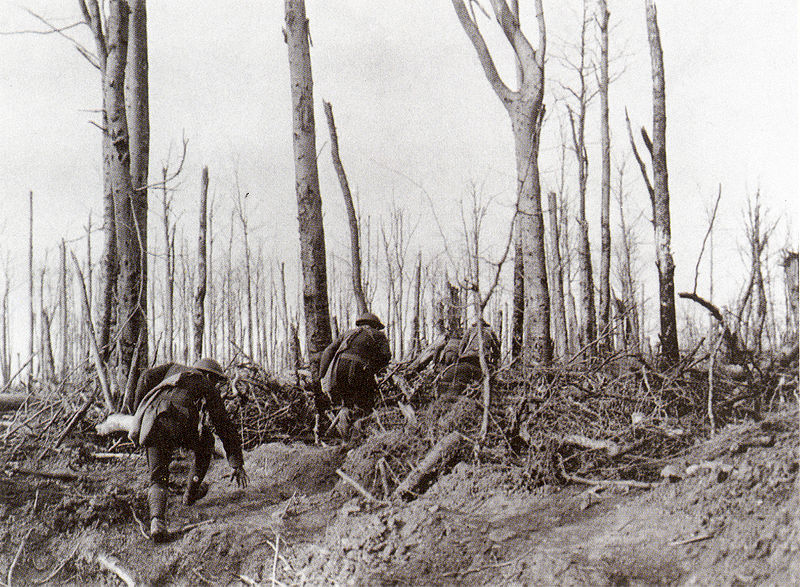





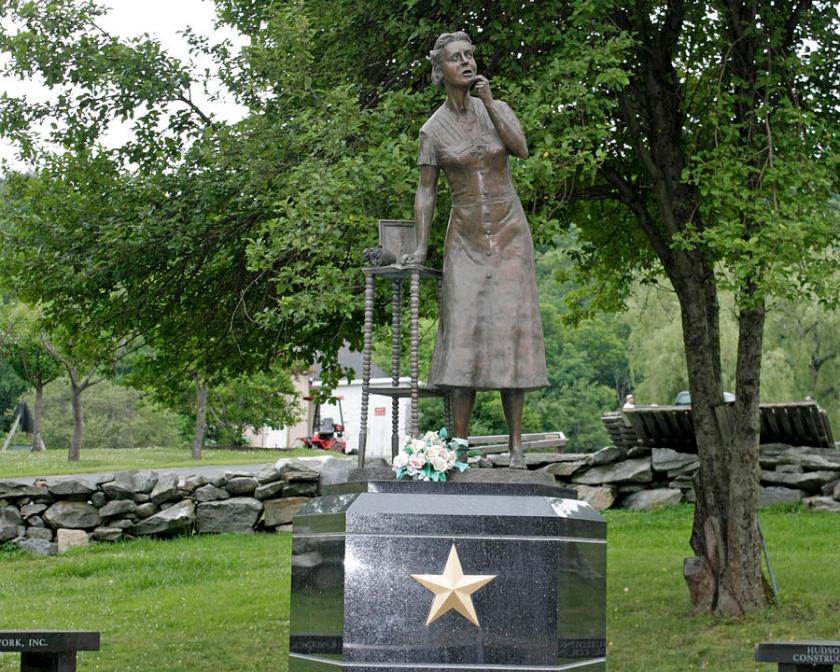
















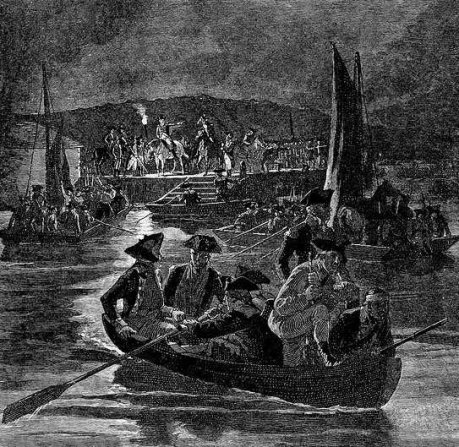
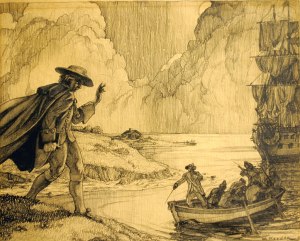
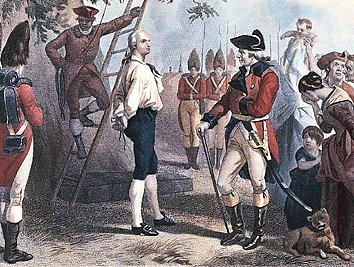
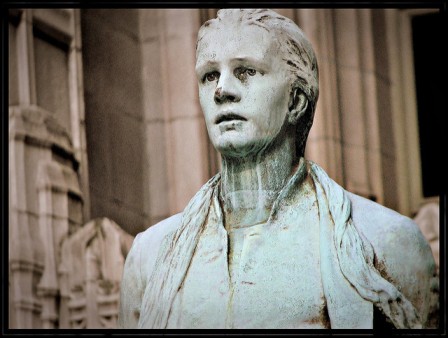
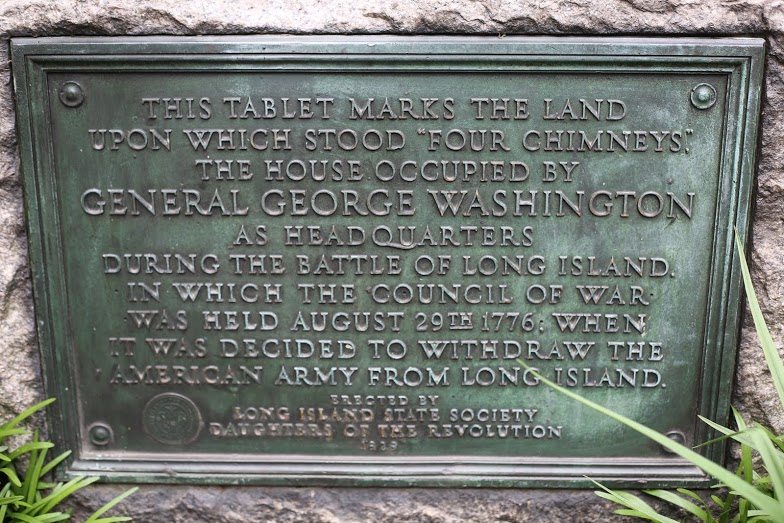



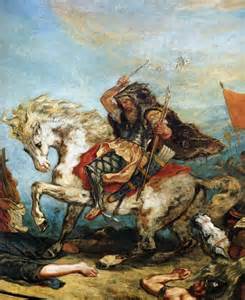







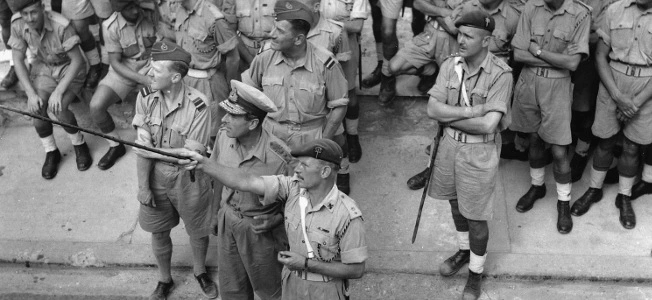









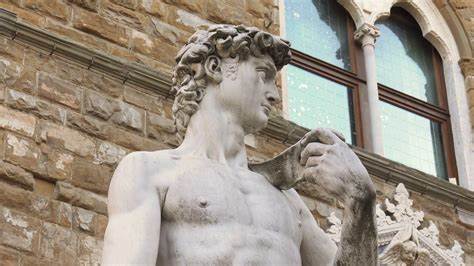









 The Lascaux Caves are located in the Dordogne region, in Southwestern France. Some 17,000 years ago, upper Paleolithic artists mixed mineral pigments such as iron oxide (ochre), haematite, and goethite, suspending pigments in animal fat, clay or the calcium-rich groundwater of the caves themselves. Shading and depth were added with charcoal.
The Lascaux Caves are located in the Dordogne region, in Southwestern France. Some 17,000 years ago, upper Paleolithic artists mixed mineral pigments such as iron oxide (ochre), haematite, and goethite, suspending pigments in animal fat, clay or the calcium-rich groundwater of the caves themselves. Shading and depth were added with charcoal.



You must be logged in to post a comment.